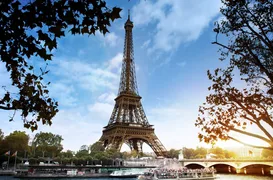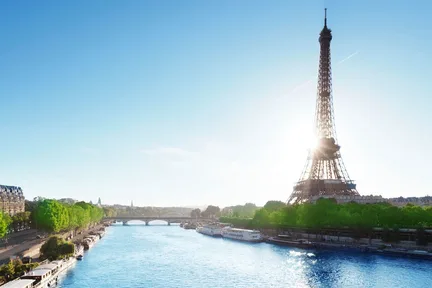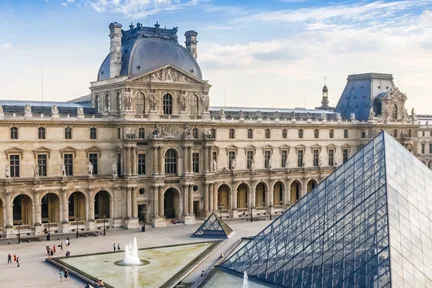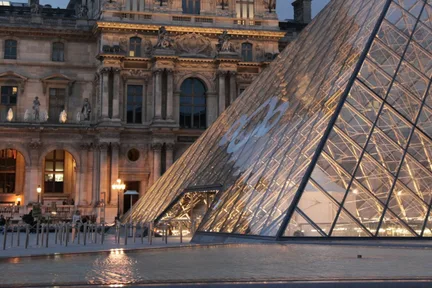Eiffel Tower

The best of Eiffel Tower
Bucket-list experiences
Make it a getaway
Events with a lot of buzz
Trouble-free transport
More to explore
Why people love Eiffel Tower
Nearby places to go
FAQs about Eiffel Tower
When is the best time to visit the Eiffel Tower?
How can I get to the Eiffel Tower using public transportation?
How can I avoid long lines at the Eiffel Tower?
What are the different floors of the Eiffel Tower?
Can I take the stairs to the top of the Eiffel Tower?
Is the Eiffel Tower accessible for visitors with disabilities?
Does the Eiffel Tower light up every night?
What are the key tips for visiting the Eiffel Tower?
What to know before visiting Eiffel Tower
Remarkable Landmarks and Must-Visit Sights
Observation Decks
The Eiffel Tower features three visitor levels, with dining options on the first floor and second floor. The observation deck at the summit, standing at 276 meters (906 feet), offers breathtaking panoramic views of Paris and beyond. Visitors can ascend via elevators or stairs to experience this iconic monument.
Dining Experiences
Visitors can dine at Le 58 Tour Eiffel on the first floor or enjoy gourmet cuisine at Le Jules Verne, a Michelin-starred restaurant on the second floor with a private lift. These unique culinary experiences offer stunning views of the city and its lights.
Gustave Eiffel’s Private Apartment
At the summit, visitors can discover the private apartment of Gustave Eiffel, featuring period furnishings and lifelike figures of Eiffel and his notable guests, including Thomas Edison. This space demonstrates the history of the tower and its significance as a symbol of France.
Built for the 1889 Exposition Universelle, the Eiffel Tower remains the most-visited monument in the world, a true masterpiece of art and engineering, erected as a testament to innovation and the French Revolution.
Cultural and Historical Significance
The Eiffel Tower, designed by Gustave Eiffel and his team, was initially met with criticism from France's leading artists and intellectuals. However, it has since become one of the world's most famous landmarks, symbolizing Paris and French ingenuity. Completed in 1889 for the Exposition Universelle, the tower represents the industrial era and has witnessed key historical events, including its strategic role in World War I, when it jammed German radio communications. Recognized as a monument historique in 1964 and a UNESCO World Heritage Site in 1991, the Eiffel Tower remains a testament to French culture and innovation.
Architectural Marvel
Soaring 330 meters (1,083 feet) high, the Eiffel Tower held the title of the world’s tallest structure until 1930. Designed by Maurice Koechlin and Émile Nouguier, its lattice iron structure, consisting of 18,038 metallic parts and 2,500,000 rivets, was engineered to maximize wind resistance. This pioneering design showcases the brilliance of 19th-century architecture and engineering, making the Eiffel Tower a true symbol of innovation.
Local Cuisine
Visitors can savor exquisite French cuisine at the tower’s restaurants, from gourmet dining at Le Jules Verne to enjoying a glass of champagne at the summit. Classic French dishes such as escargot, foie gras, and crème brûlée offer a refined taste of French gastronomy, making a visit to the Eiffel Tower a feast for both the eyes and the palate.



